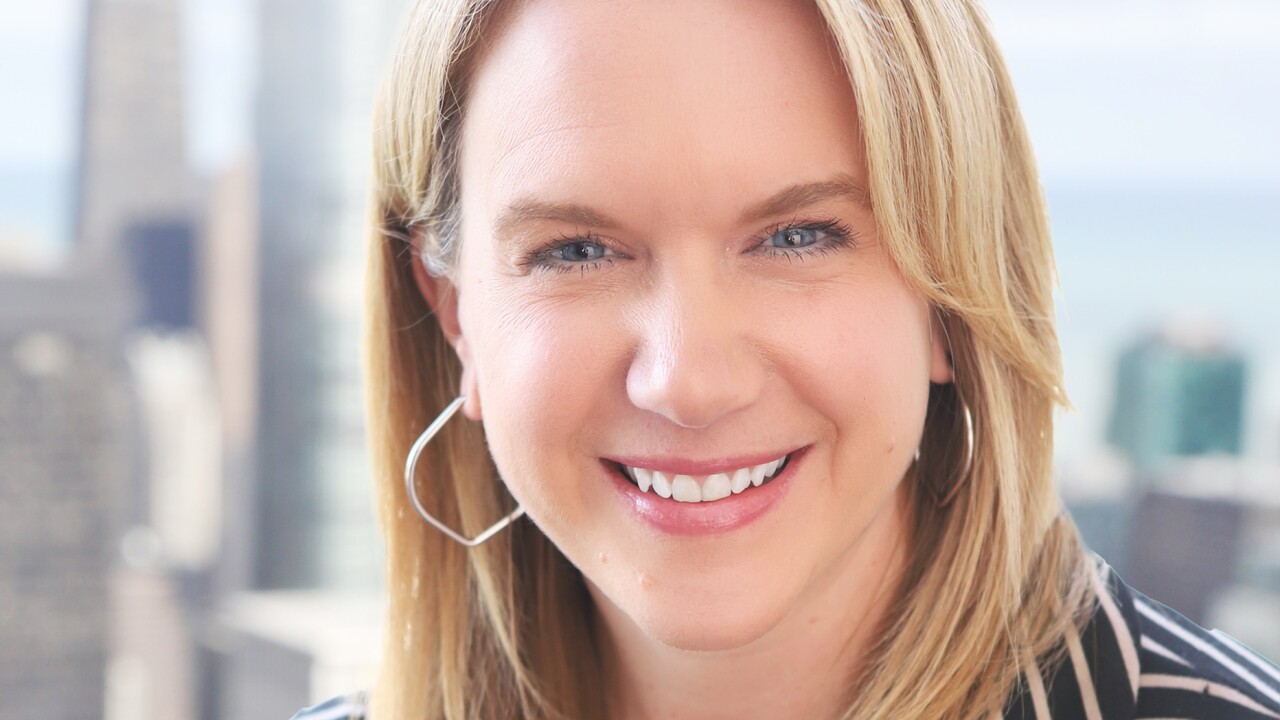WASHINGTON Bank and thrift regulators are warning that technology has heightened the risks associated with brokered deposits, and they have issued guidelines on how to manage these volatile funds, which many in the industry call hot money.
The Internet is really driving this, said Ron Glancz, a partner here with Venable Attorneys at Law. Traditionally, such deposits were handled through wholesale intermediaries, he said. Your whole balance sheet can change overnight. Unless you have properly managed your risk tolerance and have a contingency plan in place a bank could fail in less than 24 hours.
It is exactly that volatility that has regulators urging caution.
Today, however, the Internet and other automated service providers enable investors who focus on yield to easily identify high-yielding deposit sources, the agencies wrote. Customers who focus exclusively on yield can be a less stable source of funding than typical relationship deposit customers.
Brokered money generally comes in the form of certificates of deposit and because investors are looking for high interest rates, the deposits are more expensive than locally generated deposits.
The guidelines were issued jointly on Friday by the Office of the Comptroller of the Currency, the Federal Reserve Board, the Federal Deposit Insurance Corp., and the Office of Thrift Supervision.
The amount of brokered deposits, excluding those received from the Internet, has jumped in recent years. In 1994 banks and thrifts had $47.7 billion of brokered deposits. As recently as 1999, such deposits amounted to $98.6 billion. Last year banks and thrifts held $193.8 billion.
The guidelines encourage banks to possess management information systems that clearly identify nonrelationship or higher-cost funding programs and allow management to track performance, manage funding gaps, and monitor compliance with concentration and other risk limits.
Additionally, banks should have contingency funding plans that address the risk that these deposits may not roll over, and provide a reasonable alternative funding strategy.
Kathryn Dick, director of treasury and market research for the OCC, said banks have turned to these deposits as more traditional ones have dried up. That can be a good thing, because banks need alternative deposit sources, she said.
But brokered deposits, if improperly managed, can lead to serious problems. Rapid growth of brokered deposits contributed to the 1999 failure of First National Bank of Keystone, W.Va. one of the costliest failures in history, despite the institutions size.
And brokered deposits played a significant role in the savings and loan debacle of the late 1980s. As a result, a law was enacted in 1989 that allowed only well capitalized banks to buy brokered deposits.
But the guidelines are not being issued as a result of negligence, or because regulators are forecasting a crisis, Ms. Dick said.
Weve been watching this trend for the last 10 years, she said. Were just telling banks to be aware if you are taking in deposits from the Internet, brokers, and other rate-sensitive sources, you need to be sensitive and know these kinds of investors behave differently.
Much of the information in the advisory is geared toward smaller banks, Ms. Dick said. Bigger institutions have a longer history with these types of deposits, while community banks have gotten into the business more recently, she said.
In 1997, banks and thrifts with assets of $1 billion or less held only $9.7 billion of brokered deposits. At the end of last year the same group held $16.8 billion.
They need to enter the business thinking about the quality of their risk management program and what they can do to improve it, Ms. Dick said.
Mr. Glancz said that is not to say that all community banks are doing a bad job on this front.
Many small banks have done a good job, and the precautions can be implemented with relative ease, he said. You dont have to reinvent the wheel here; there is a lot of software available that can help banks manage risk.
Related Content Online





